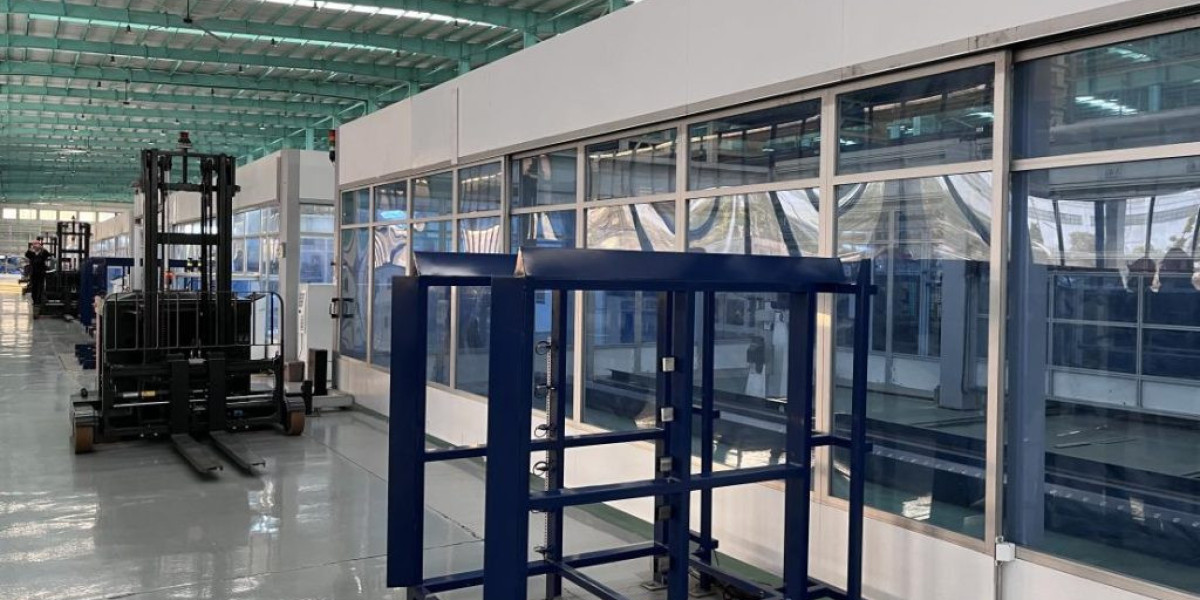Introduction
Fabrication and welding are two cornerstone processes in manufacturing and construction. These techniques transform raw materials into sturdy, functional products and structures, forming the backbone of various industries. But what exactly do these processes entail, and why are they so crucial?
Understanding Fabrication
What is Fabrication?
Fabrication is the process of creating products or structures from raw materials. It involves cutting, bending, and assembling materials to form the desired product. Whether it’s the metal frame of a skyscraper or the components of a car, fabrication plays a vital role in bringing designs to life.
Types of Fabrication Processes
Cutting
Cutting is the initial step in fabrication, where raw materials are cut into the required shapes and sizes. Techniques include sawing, shearing, and advanced methods like laser cutting and waterjet cutting.
Bending
Bending involves deforming materials, usually metals, into specific angles and shapes without breaking. This is typically done using press brakes or roll benders.
Assembling
Assembling is the final step where the cut and bent pieces are joined together. This can be achieved through various methods, including welding, riveting, and using adhesives.
Materials Used in Fabrication
Metals
Metals such as steel, aluminum, and copper are commonly used in Fabrication & Welding due to their strength and versatility.
Plastics
Plastics are also used in fabrication, especially for components that require lightweight properties and resistance to corrosion.
Composites
Composite materials combine the properties of different substances, offering enhanced strength and durability. They are increasingly used in high-performance applications.
Understanding Welding
What is Welding?
Welding is a technique used to join materials, usually metals or thermoplastics, by causing fusion. This is achieved by melting the parts to be joined together and allowing them to cool, causing fusion. Welding is essential for creating strong, permanent bonds between components.
Types of Welding Techniques
MIG Welding
MIG (Metal Inert Gas) welding uses a continuous wire feed as an electrode and an inert gas to shield the weld from contamination. It’s known for its speed and ease of use.
TIG Welding
TIG (Tungsten Inert Gas) welding uses a non-consumable tungsten electrode and requires a separate filler material. It’s highly precise and ideal for thin materials.
Stick Welding
Stick welding, or Shielded Metal Arc Welding (SMAW), uses a consumable electrode coated in flux. It’s versatile and effective for heavy-duty work, especially outdoors.
Flux-Cored Arc Welding
This method is similar to MIG welding but uses a flux-cored wire. It’s suitable for welding thicker materials and in positions that are hard to reach.
The Relationship Between Fabrication and Welding
Fabrication and welding often go hand in hand. Fabrication involves shaping and assembling components, while welding is one of the primary methods used to join these components. Together, they enable the creation of complex structures and products.
Equipment and Tools for Fabrication and Welding
Essential Fabrication Tools
Shears
Shears are used for cutting sheet metal with precision.
Press Brakes
Press brakes bend metal into specific angles, crucial for forming parts.
CNC Machines
Computer Numerical Control (CNC) machines automate the cutting, bending, and drilling processes, ensuring high precision and efficiency.
Essential Welding Tools
Welding Machines
Different types of welding machines cater to various welding techniques, such as MIG, TIG, and Stick welding.
Electrodes
Electrodes conduct the electric current needed for welding and can be consumable or non-consumable.
Protective Gear
Safety is paramount in welding, making protective gear like helmets, gloves, and aprons essential to prevent burns and injuries.
Safety Measures in Fabrication and Welding
Personal Protective Equipment (PPE)
Wearing PPE, including helmets, gloves, goggles, and flame-resistant clothing, is critical to protect against burns, electric shocks, and hazardous fumes.
Workplace Safety Protocols
Implementing strict safety protocols, such as proper ventilation, regular equipment maintenance, and clear signage, helps prevent accidents and injuries.
Common Hazards and How to Avoid Them
Common hazards include exposure to toxic fumes, burns from hot materials, and injuries from sharp tools. Adequate training, PPE, and adherence to safety protocols mitigate these risks.
Skills and Training for Fabrication and Welding
Technical Skills Required
Proficiency in reading blueprints, understanding material properties, and operating machinery is essential for both fabricators and welders.
Training Programs and Certifications
Numerous training programs and certifications, such as those offered by the American Welding Society (AWS), provide the necessary skills and credentials for a career in these fields.
Career Opportunities
Skilled fabricators and welders are in high demand across various industries, including construction, automotive, aerospace, and manufacturing, offering diverse career paths.
Innovations in Fabrication and Welding
Technological Advancements
Automation and robotics are revolutionizing Fabrication & Welding, enhancing precision, efficiency, and safety.
Sustainable Practices
Eco-friendly materials and energy-efficient processes are becoming integral to fabrication and welding, reducing environmental impact.
Future Trends
Future trends include the increased use of additive manufacturing (3D printing) and the development of advanced welding techniques for new materials.
Challenges in Fabrication and Welding
Technical Challenges
Complex designs and the need for high precision can pose significant technical challenges.
Economic Challenges
Fluctuating material costs and the need for expensive equipment can impact the economic viability of fabrication and welding projects.
Environmental Challenges
Managing waste and emissions from fabrication and welding processes is crucial for minimizing environmental impact.
Conclusion
Fabrication and welding are indispensable processes in modern manufacturing and construction. They transform raw materials into functional products and structures, driving innovation and development across industries. By understanding the intricacies of these processes, embracing new technologies, and adhering to safety protocols, we can continue to advance and refine these essential techniques.
FAQs
What is the difference between fabrication and welding?
Fabrication involves creating products from raw materials through cutting, bending, and assembling, while welding specifically refers to joining materials by melting and fusing them.
How long does it take to become a certified welder?
Becoming a certified welder typically takes 6 months to 2 years, depending on the training program and level of certification desired.
What materials can be welded?
Common materials that can be welded include various metals like steel, aluminum, and titanium, as well as some thermoplastics.
What are the most common welding techniques?
The most common welding techniques are MIG welding, TIG welding, Stick welding, and Flux-Cored Arc welding.
How can I ensure safety while welding?
Ensuring safety while welding involves wearing appropriate PPE, following workplace safety protocols, and staying informed about the hazards and proper handling of equipment and materials.








